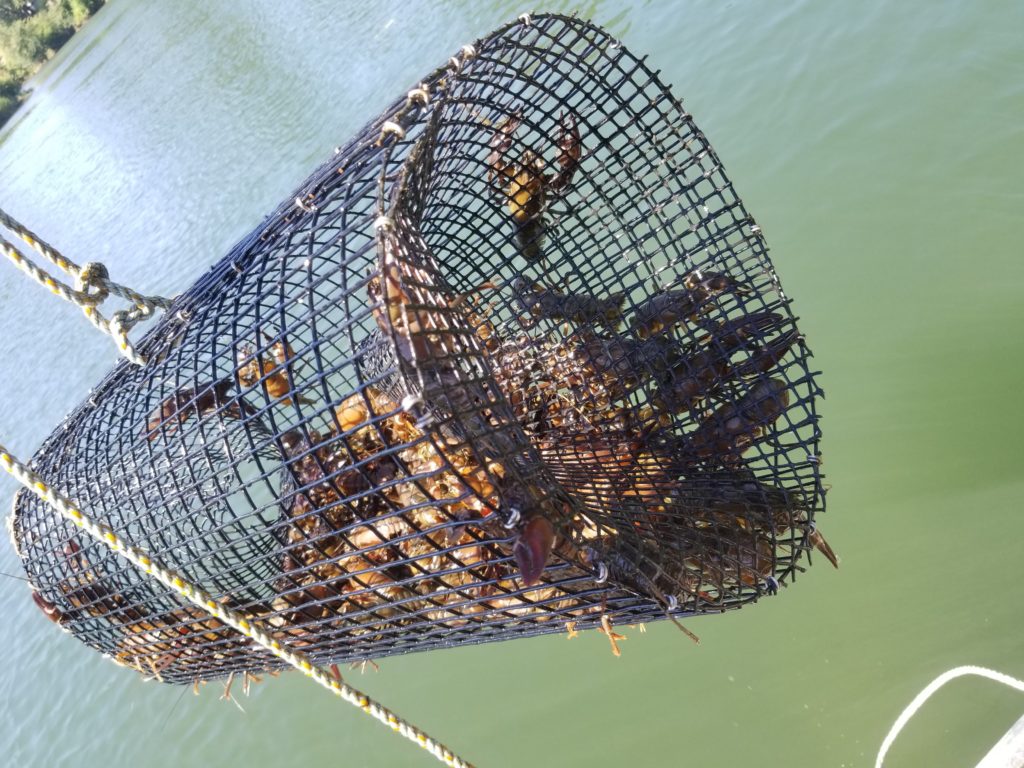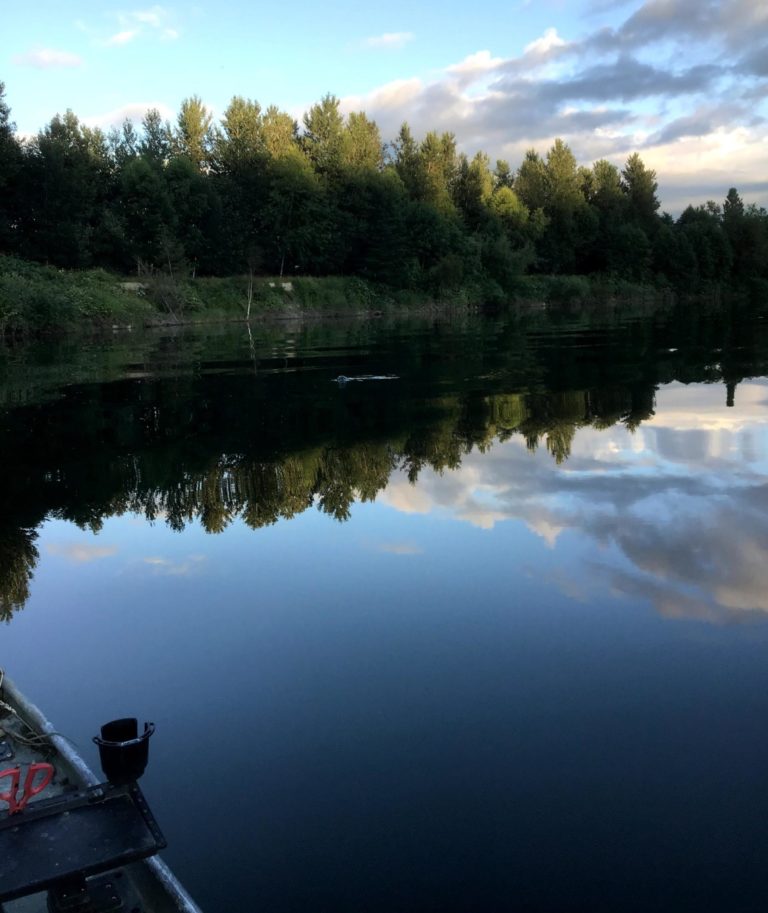


Our Process
We catch live crawfish using round or rectangular traps. We are currently fishing with 160 traps throughout the crawfish season. The traps are left in the water for the entire season and we use database software and GPS locations to keep track of where they are and how they are doing. The traps are checked at 3-4 days intervals, the crawfish are then removed, and the traps are re-baited if necessary.
Once out of the water, the crawfish are purged for 48 hours minimum. The purging process helps to clean the crawfish and clear out the gut tract. Crawfish are bottom feeders and without purging you eat what they ate (if they’ve been in the traps awhile its old hot dogs and fish guts!).
We make a large effort to make sure all of the traps that we put down come back in at the end of the season. If you happen to every come upon one, I encourage that it is left where it is so we don’t go looking for it!
Always Locally Sourced
We fish locally in Western Washington, with the majority of our traps in the Snohomish River system and Lake Washington. We primarily cater to residents of King, Snohomish and Pierce County who are able to enjoy live crawfish that comes from local rivers and lakes. Anyone is welcome to buy live crawfish from us but it might require a little bit of a drive.
Always Fresh
Due to the nature of the product our online order process is a bit peculiar. The order process requires that you contact us first via our order form. We will go back and forth to get your boil date and quantity desired aligned with the yields we have coming in, plus the purge time.
This buying process as cumbersome as it is, is to help ensure that you get fresh, live crawfish to your boil just in time. The earlier you contact us the better, so we can save your spot on the calendar.
Environment First
We strive to have as little impact as possible on surrounding environment. One of the primary ways of doing that is by leaving every waterway the way we found it. We put a lot of effort into tracking and recovering lost traps. There’s nothing worse that leaving unnecessary metals and plastics to degrade in the water.
We follow all the WFWD regulations for trap designs (rot cord on all trap tunnels to allow catch to escape if traps are lost). We also follow all the WFWD permitting regulations, harvest logging and fish ticket reporting. These rules help with the sustainability of our fisheries.
In addition, I try to do my part by picking up all floating trash that I pass (being on the water +3x a week it can add up!).
